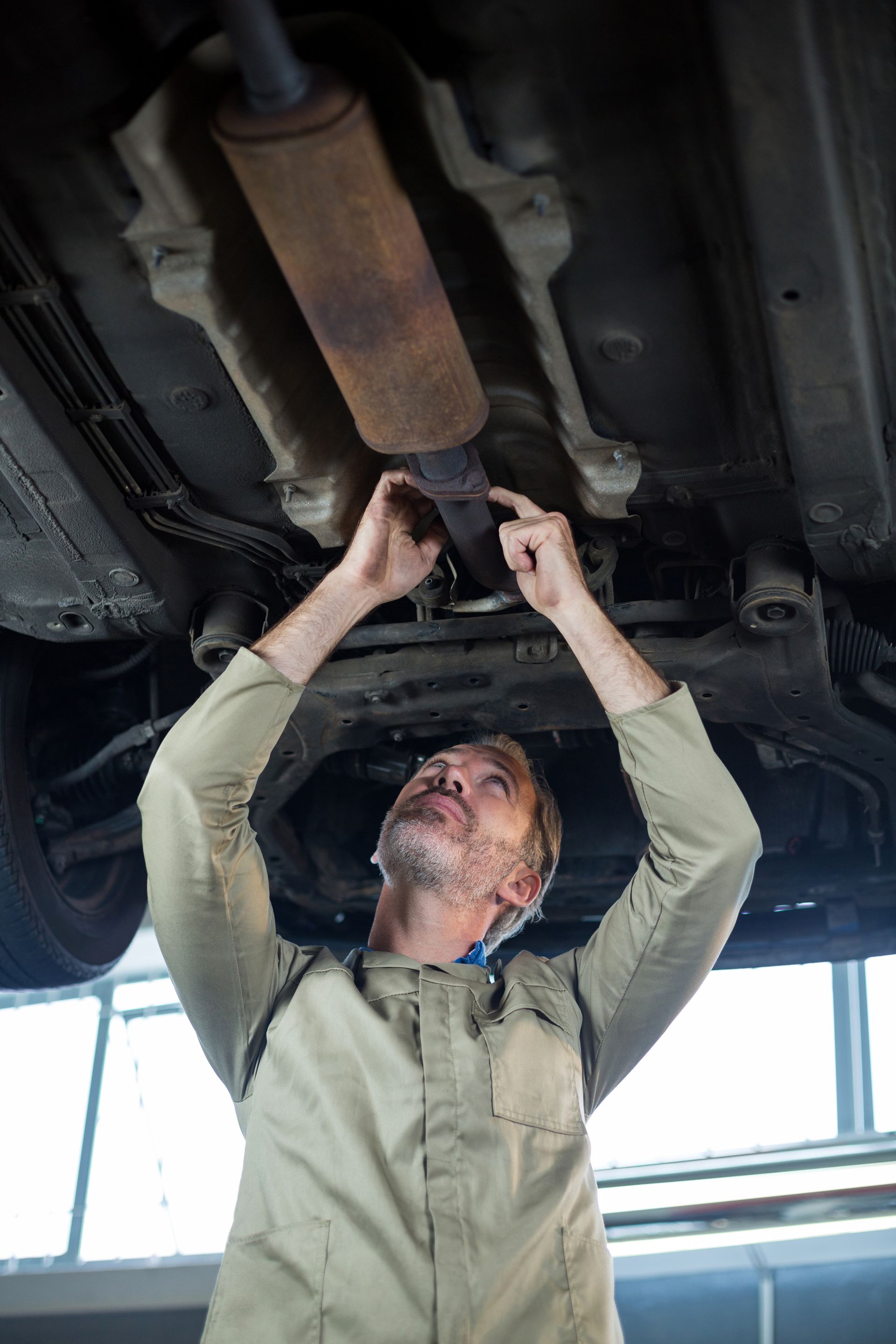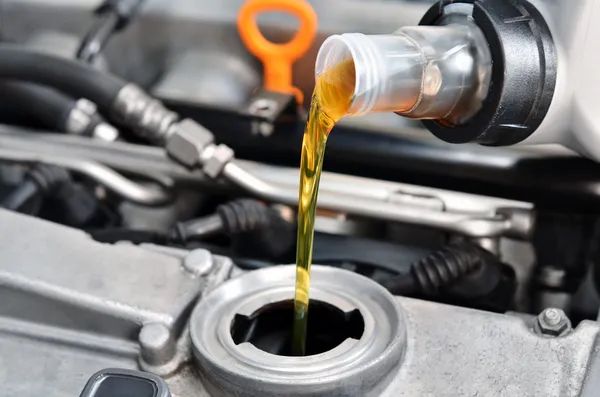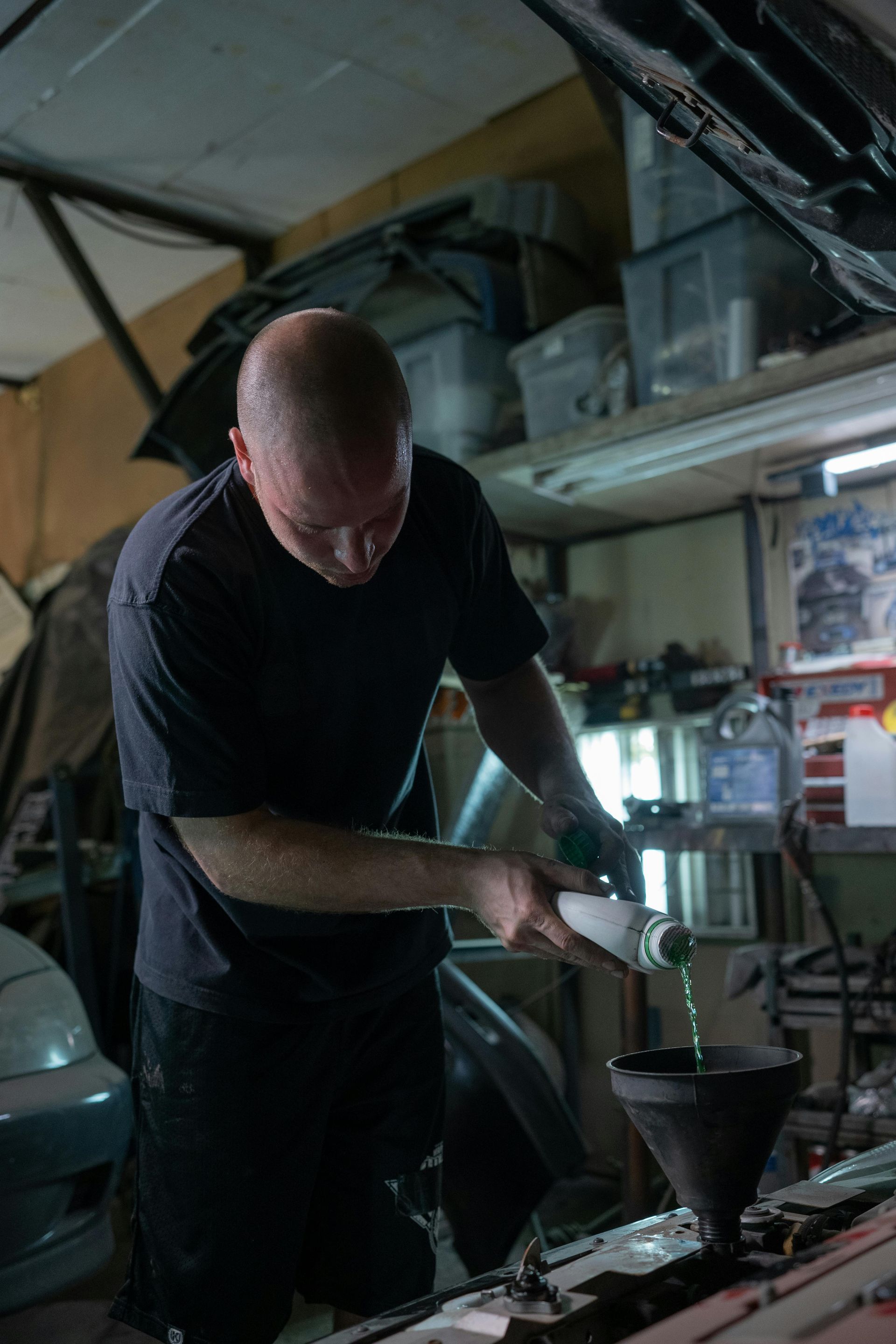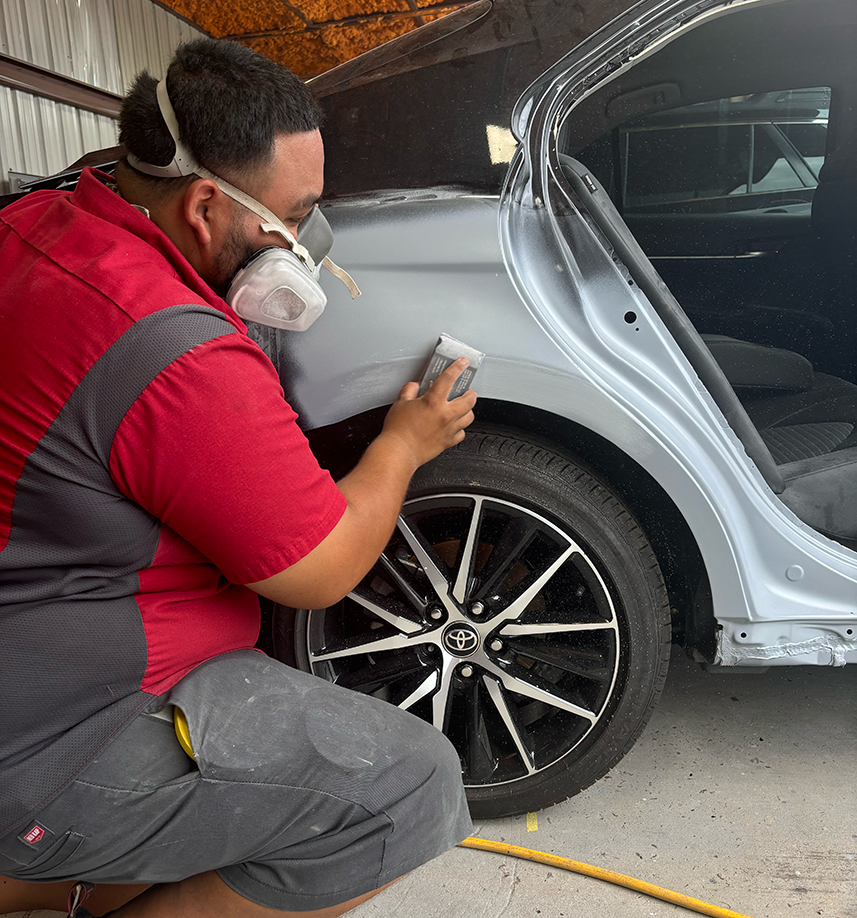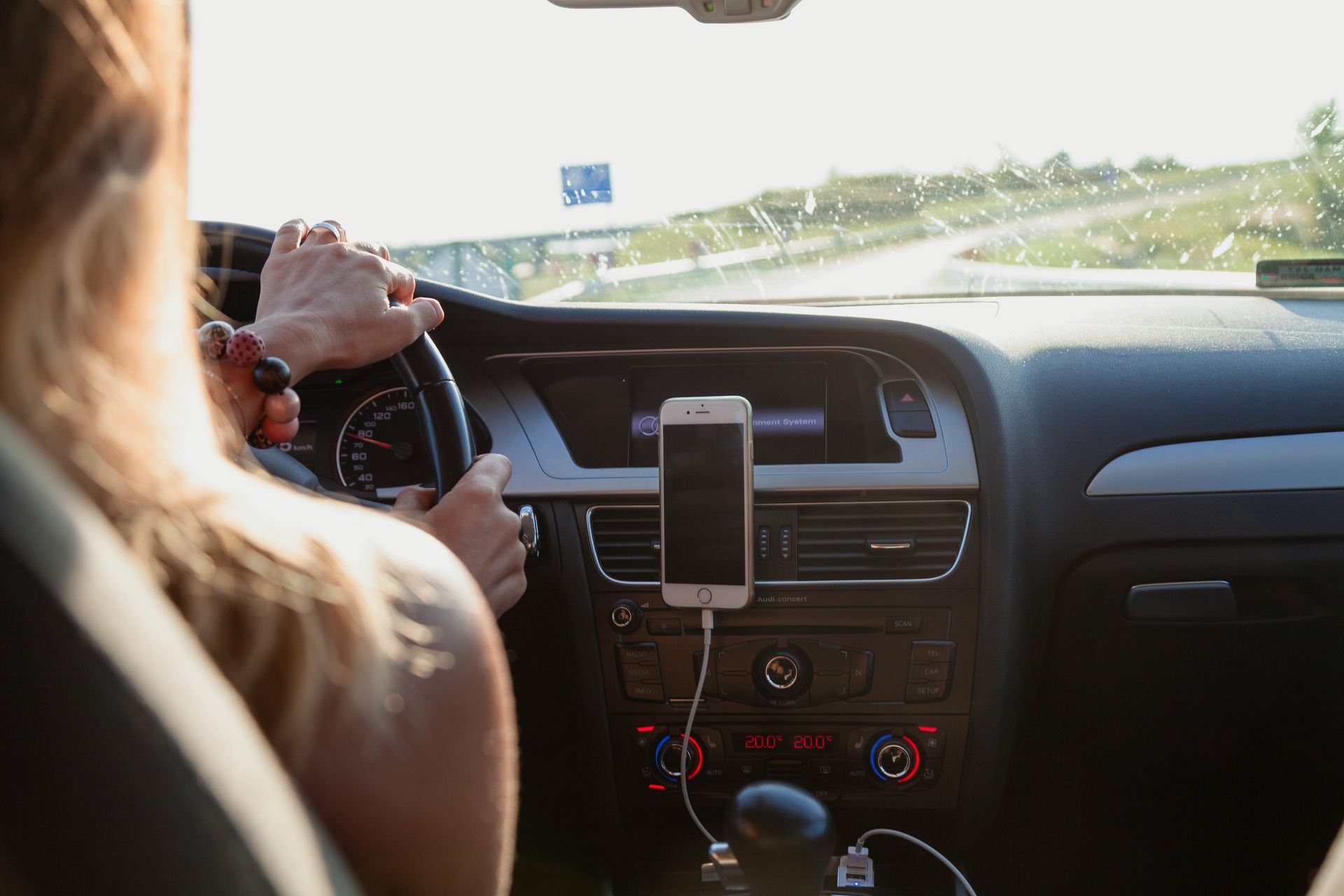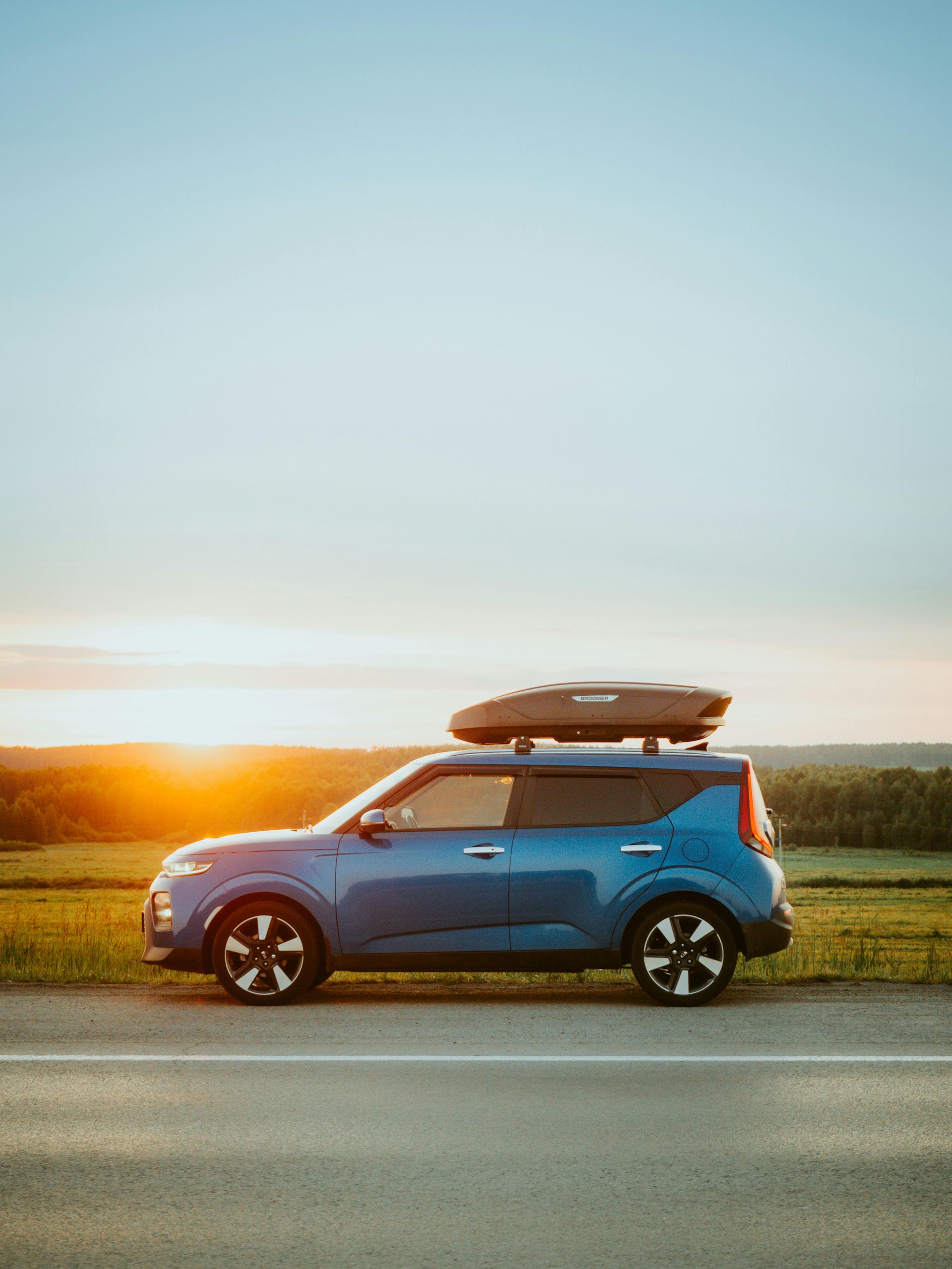Houston’s busy roads are no strangers to fender benders, and rear-end collisions are among the most common. Whether it’s rush-hour traffic on I-10, unexpected stops on Highway 290, or distracted drivers navigating intersections, rear-end crashes happen all the time—and often when you least expect them.
Many of these accidents are minor, but even low-speed impacts can cause damage to your car’s bumper, alignment, or frame. In more serious cases, they result in costly repairs and injuries. The good news is that most rear-end collisions can be avoided with a little more awareness and preparation. Here’s a look at why they happen so frequently and what you can do to prevent becoming the next statistic.
Heavy Traffic and Sudden Stops
Houston drivers are all too familiar with heavy congestion. Long commutes and inconsistent traffic flow make sudden stops almost inevitable. One second you're cruising along, the next you're slamming on the brakes because the car in front of you did. In this environment, following too closely is one of the fastest ways to end up in a collision.
Leaving extra space between you and the car ahead gives you time to react. That distance becomes even more critical in wet weather or when visibility is low. When traffic is bumper-to-bumper, it's tempting to close the gap—but that habit increases your risk, especially if the driver ahead brakes unexpectedly.
Distracted Driving Is a Growing Problem
Texting, checking notifications, changing the music—there’s no shortage of distractions behind the wheel. In fact, distracted driving is one of the leading causes of rear-end crashes, especially among younger drivers or those with long daily commutes.
Even glancing away for two seconds can prevent you from seeing brake lights ahead. When you're moving at 60 miles per hour, that brief moment of inattention can lead to serious damage. Avoiding distractions doesn’t just keep you safer—it also protects the people around you.
Weather Conditions
Houston’s unpredictable weather often adds another layer of risk. Sudden rainstorms can create slick roads and limit visibility, making it harder to stop quickly or see brake lights in time. Standing water can also increase stopping distances and reduce tire grip.
If you're not adjusting your speed or following distance in poor weather, you're more likely to end up in a rear-end crash. Slowing down and turning on your headlights can make a big difference, especially in fast-changing conditions.
Tailgating and Aggressive Driving
Driving too closely behind another vehicle cuts your reaction time and leaves no room for error. When combined with frustration, speeding, or weaving through traffic, it’s a recipe for a rear-end collision.
Giving yourself a few extra seconds to brake or change lanes safely can save you from a serious impact. Even in the fast-paced flow of Houston traffic, defensive driving is always the better strategy.
Many Drivers Don't Know the Damage That's Been Done
After a rear-end collision, the damage isn't always visible. A small dent in the bumper could be hiding frame damage, alignment issues, or broken sensors, especially in newer vehicles with advanced safety systems. If you've been hit from behind, it's always worth having a professional look at your car, even if it seems fine.
At Elite Auto Experts, we’ve seen firsthand how seemingly minor crashes can cause hidden issues that only show up weeks later. Our collision repair team carefully inspects every vehicle to ensure nothing is overlooked, and your car returns to you as safe as it was before the crash.
Elite Auto Experts – Auto and Collision Repair You Can Count On in Houston, TX
Rear-end collisions may be common in Houston, but you don’t have to be caught off guard. At Elite Auto Experts, we offer preventative auto care and expert collision repair services to protect you on the road—and fully restored if the unexpected happens.
If you've recently been involved in a collision or want to make sure your vehicle is road-ready, call us now to schedule your inspection or repair service
